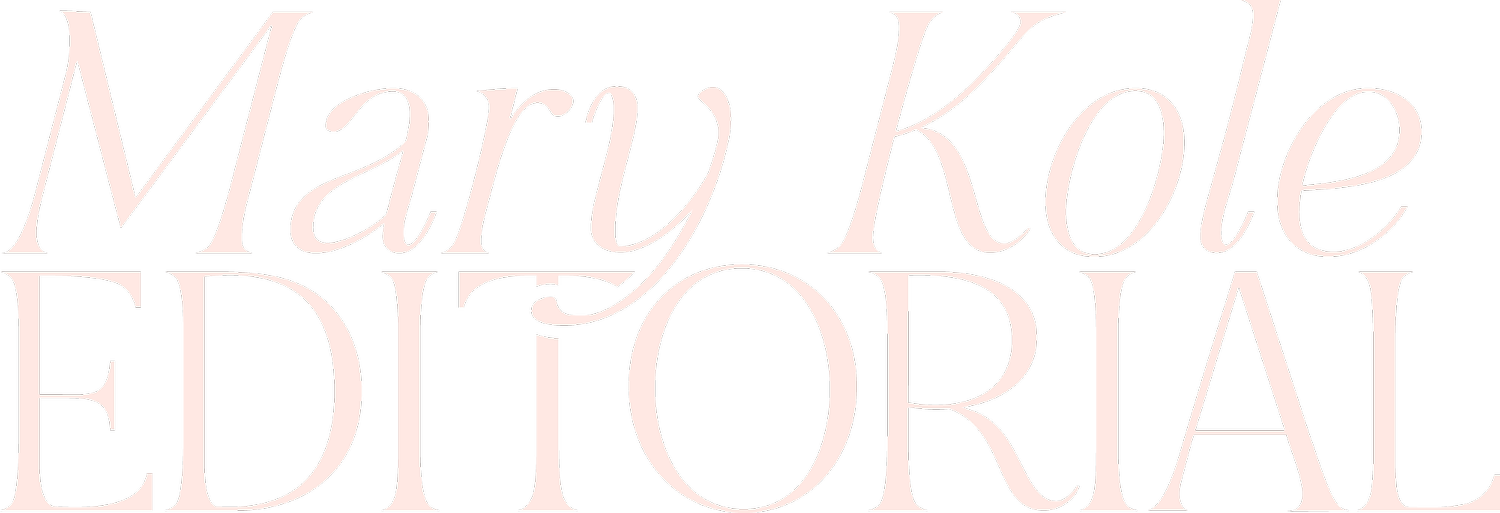A Step-by-Step Guide to
Getting A Book Deal
By Mary Kole
Mary Kole is a former literary agent, freelance editor, writing teacher, author of Writing Irresistible Kidlit, and IP developer for major publishers, with over a decade in the publishing industry.
Writing a book and getting a book deal for your creation is no small feat. It takes time and dedication to bring a story to life, but the journey doesn’t end there. If you’re hoping to get it out into the world, you have even more steps to take. If you’re looking for guidance on the publishing process, I’ve got you covered. In this article, I’ll break down the process of getting a book deal from start to finish.
Before the Book Deal: From Idea to Draft
The first step in getting a book deal is crafting an idea that will capture readers’ attention and distract them from all of the other entertainment available. This is often called your premise. This can include creating characters that readers will root for, who are relatable but also have vulnerabilities, plotting out the story structure, and writing down the major universal theme that you want to explore throughout the narrative. Once you have an idea worked up, run it by a few people you trust to give you genuine feedback. If they can understand your story choices and seem excited, that’s great initial reassurance that your idea might lead to a book deal.
I strongly recommend pushing through to a story outline for your idea before you start your manuscript. That way, you’ll know how you are planning to develop your plot arcs and character arcs, and you’ll give yourself plenty of time and space so that you can really explore your ideas and develop characters as well as setting and worldbuilding descriptions without feeling rushed or overwhelmed. Working smarter, not harder, is key to potentially getting a book deal on any kind of timeline.
Once you have your road map in the form of a book outline, make sure that you are taking notes along the way. Your first draft won’t be your final draft, because book projects often go through several revisions before a potential book deal—they’re even edited after a book deal!
First, you need to write the draft, and then get writing notes. These can come from a beta reader, writing group, or critique partner. You can even find an editor for hire who specializes in your style or genre of book. Once you’ve revised your project at least once (but ideally multiple times, you can take more steps toward trying for your book deal.
Gearing Up for the Book Deal: Submission
Once your manuscript is complete and you think it’s ready for submission, it is time to find a literary agent who specializes in representing projects similar to yours. “Do you need an agent to publish your book? This is a topic of some debate. But in brief, a literary agent can help connect you with potential publishers who may be interested in acquiring the rights for your book. Especially if you’re looking to get a book deal from a major publisher, you will need an agent, as unagented submissions are not generally accepted by major houses.
Make sure that when contacting agents or publishers about your project, you are providing a clean copy of the manuscript along with any supplementary materials, like a synopsis—this will help ensure that they are able to properly evaluate your work. You’ll need to also write a query letter that describes your work (and gives a bit of an author biography paragraph about yourself).
If you’re lucky and your project is strong enough to get an offer of representation, your agent will more actively pursue a book deal. (If they’re an editorial agent, they will likely guide you in some revision.)
The agent will then submit your work to publishers to try and get an offer and a book deal. If one comes from a publishing house editor, there will be contract negotiations which involve discussing payment terms as well as other details such as publication date and any special considerations like subrights or promotional opportunities associated with the project.
This part of the book deal process will take some back-and-forth until everyone agrees on the terms of the deal. This is then codified in a book contract. And that’s a book deal! Now the project will be revised again, and the publisher will develop cover and interiority design, some marketing (though a lot of authors are expected to do the lion’s share of their own book marketing), and make a plan for distribution. Everyone’s journey is unique, but these are the broad strokes of a book deal.
Whether this is your first rodeo when it comes to trying to publish a book or not, you can see that getting a book deal isn’t easy, and takes a lot of hard work and perseverance. Instead of feeling overwhelmed by what needs done, you can feel more confident knowing each step toward a book deal. Now it’s time to get to work!

Click here to purchase Irresistible Query Letters, my book on query letters, including over forty examples with comprehensive notes on each one. There’s a ton of submission advice, best practices, and insider information in these pages, and you’ll really enjoy seeing what other writers are doing in the slush.



